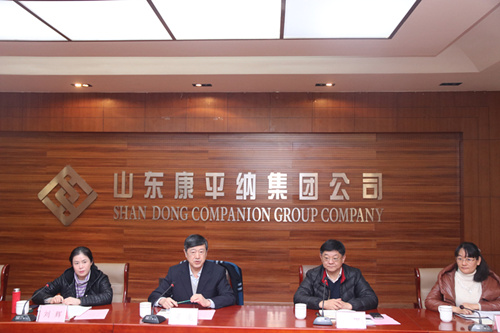Shandong Kangpinna Group Co., Ltd. will make environmental information public in 2020
(I) Basic Information:
Company name: Shandong Kangpinna Group Co., LTD
Organization code: 913709007061399521
Legal representative: Chen Qian-fan
Production address: Tai’an City east new district mingtang road
Contact: 0538-8628510
Main contents, products and scale of production, operation and management services:
Annual output of 10 million meters of high-grade wool fabrics
(ii) Pollutant discharge information:
Main pollutant and characteristic pollutant name: waste water: COD, ammonia nitrogen
Emission mode: indirect emission
Number and distribution of discharges :1 discharges located in the southwest corner of the company
Emission concentration :COD≤200mg/L ammonia nitrogen ≤20mg/L
Emission concentration: 34.09 mg/L 0.41mg/L
Total emission: 51 tons total emission 5.1 tons
Exceeding condition: no exceeding condition
Implemented pollutant discharge standards:
Discharge Standard of Water Pollutants for Textile Dyeing and Finishing Industry GB4287-2012
Approved total emission: the annual emission limits of the newly issued pollutant discharge permit are 300 tons of COD and 30 tons of ammonia nitrogen
(3) Construction and operation of pollution prevention and control facilities:
The sewage treatment station of our company has a daily treatment capacity of 8000 tons/day, and now the actual treated water volume is about 2000 tons/day. The equipment and facilities operate normally.
(4) Environmental impact assessment of construction projects and other administrative permits for environmental protection:
The provincial Environmental Protection Bureau has approved the report "Technical Renovation Project of dyeing and Finishing Production Line of high-grade woolen Textile With an annual output of 10 million meters" with Luhuan Review No. {2002}75. The new pollution discharge permit was issued on December 25, 2017.
(5) Emergency plan for environmental emergencies:
On August 14, 2017, the company signed and released the emergency plan for environmental emergencies, and the archived documents are complete.
(6) Other environmental information that should be made public:
Timely disclosure of environmental information

